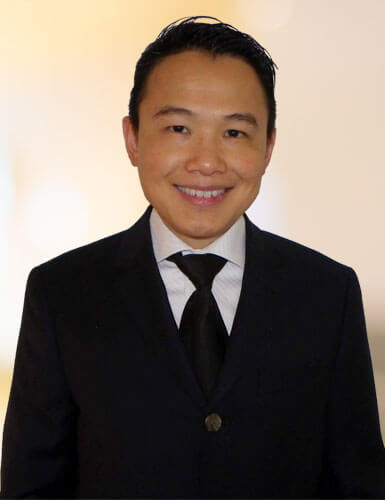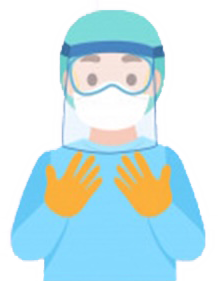What goes into our complete dental examination? An overview of your first dental visit with us, or A Barrie Dental Clinic’s “Muses-bouche”
Posted: August 10, 2013
Last Modified: June 6, 2022
When you first meet us at our Barrie dental clinic for a complete oral and dental examination, it is an opportunity for us to “get to know your mouth”. It is more than that, though. Since your mouth is attached to a body, it is also an opportunity to get to know you! Similarly, you also get to know more about us and our approach to dentistry.
The changes in dentistry have been much more than technical – gadgets come and go, but one of the big changes over the years is the involvement of the dental patient. You will see this in our approach everywhere, from our focus on educating to involving you in the decision-making process. No longer are you a passive recipient of recommendations and orders, you are integral to the whole treatment sequence.
When it comes down to it, getting to know your mouth starts with a complete medical history-taking, alongside a complete dental history-taking. Questionnaires give a good general idea of your overall oral condition, and it is important to note factors that significantly affect either dental health (for example, medications that make the mouth dry), periodontal health (things like diabetes or smoking), or how certain conditions ought to be managed (like the presence of blood thinners or prosthetic heart valves).
Here is the link to the medical and dental history forms. For the eagle-eyed, you will notice that the forms have been designed not by us, but by the Kois Center in Seattle. This is a well-known postgraduate dental education Center in Seattle that develops dental practice based on solid evidence, and is where Dr. Wong has been updating his education. The following describes the Kois Center approach to oral diagnosis.
The forms break down the mouth into four basic areas: periodontal (the gums), dental (the teeth), functional (the jaw joints and the bite), and aesthetic (the appearance of the teeth and smile).
After reviewing the questionnaire and performing an examination in each of these areas, we are able to assign A) a risk level for disease or problems in each area, B) a dental diagnostic opinion in each area, and C) a prognosis for each area.
This focuses our attention to the things that need to be done for the mouth. We take your dental findings and present them to you, followed by our dental treatment recommendations.
A thorough history and examination forms the basis of a solid assessment, and the mechanics of our basic adult examination involves:
Photographs of the face from different angles as well as intra-oral photographs
A check of items outside the mouth, including jaw movements, whether there is jaw joint clicking, grinding, limited opening, asymmetry, swollen lymph nodes,
Examination of oral soft tissues for pathology (swellings, ulcerations, red or white areas, painful areas), including a screening for oral cancer,
Examination of the gums, including a thorough charting of periodontal pockets, gingival bleeding on probing, gingival levels, tooth mobilities, exposed root furcations, and oral hygiene levels (plaque, tartar, and stain),
Examination of the teeth, including a record of existing dental work, missing teeth, faulty fillings or broken teeth, worn- or broken-down areas, and of course, cavities. Also included would be teeth that are sore to tapping.
Evaluation of the bite, including overbite, overjet, dental class, the presence of crossbites or other functional problems.
An evaluation of the aesthetics of your smile, including lip levels when smiling and at rest, the alignment of teeth, gumline levels and symmetry, the colour of teeth, and areas of visibly missing teeth,
A set of dental radiographs (X-rays) to show areas that we cannot see, such as areas in between teeth, the jaw joints, wisdom teeth, and bone levels around the teeth,
And finally, if required, special tests on teeth such as ice testing, electric pulp testing, or dental crack-finding.
This oral examination is hopefully the most thorough you will ever encounter, and takes about 1.5 hours to complete.
Once we have a firm understanding of your mouth, we can then review the findings, and as mentioned above, give you an idea of where dental treatment should be directed. Then, it’s up to you! You tell us your preferences, and we will try to find a treatment plan that fits your schedule and is affordable to you.
Read on in subsequent posts, where we will detail each of the four areas of diagnosis in detail, and really get to know your mouth!
We’d love to be your dentist in Barrie! Contact us for your personalized complete oral examination and treatment plan.


